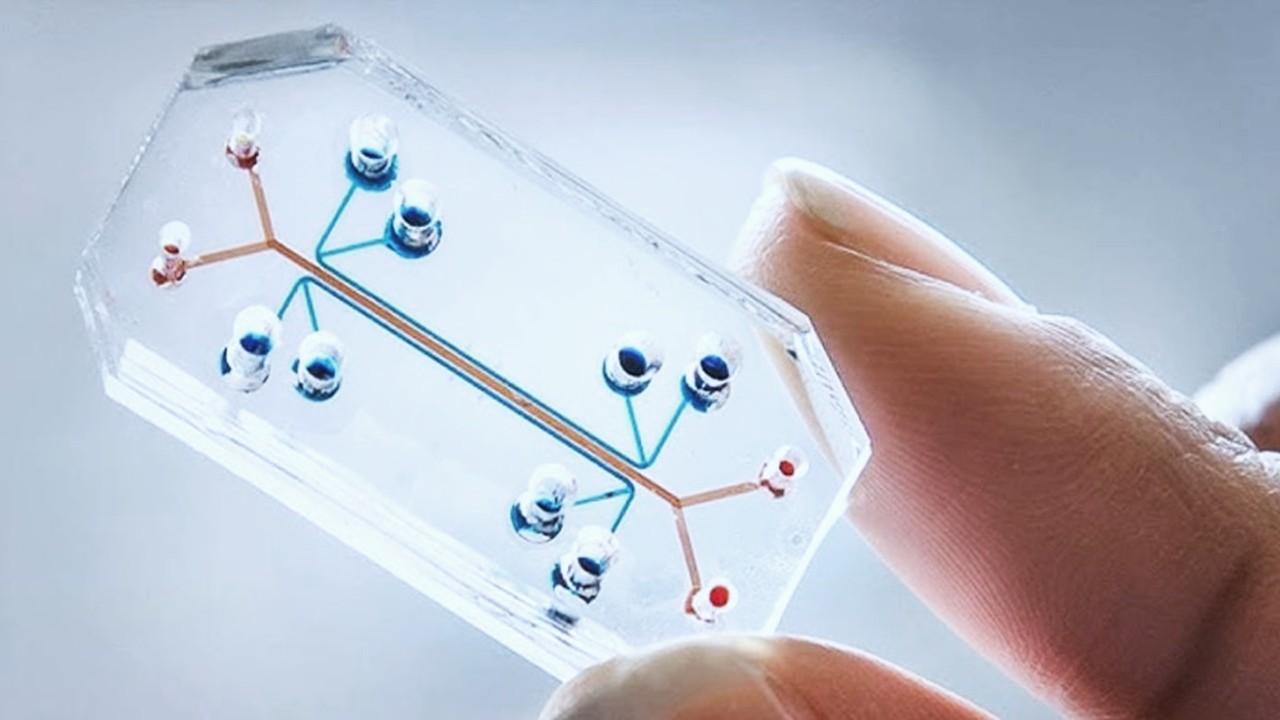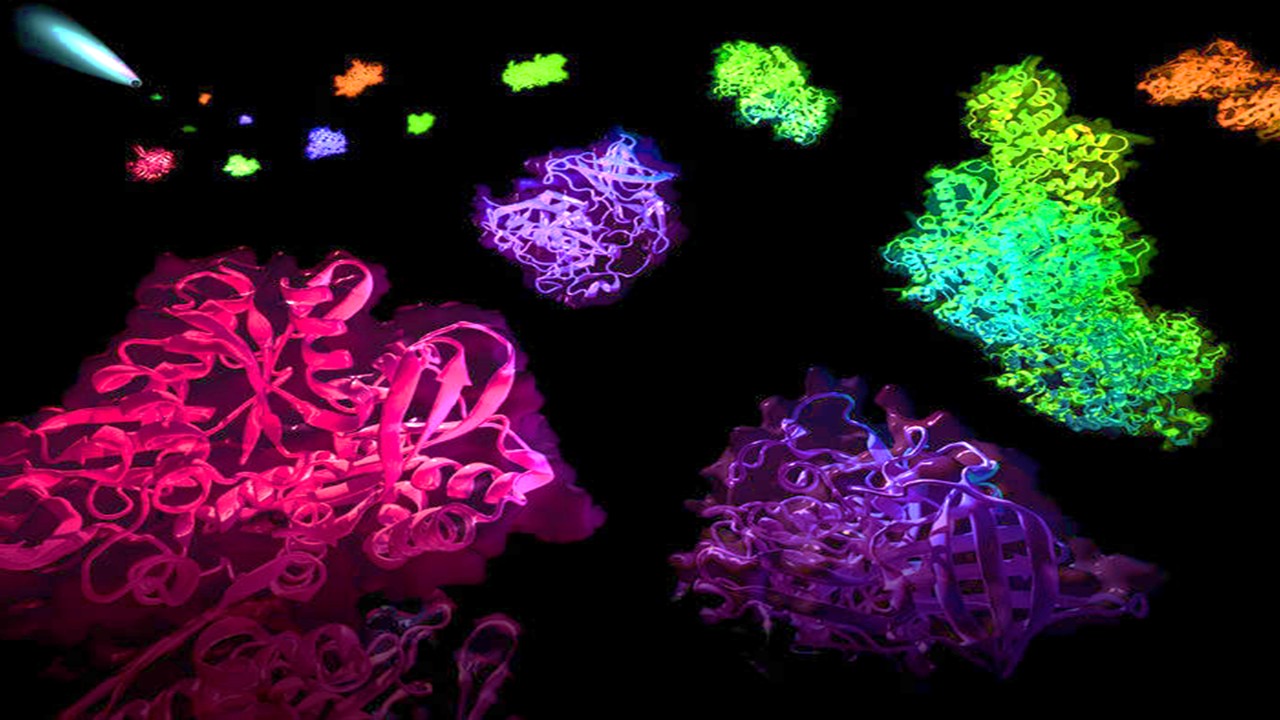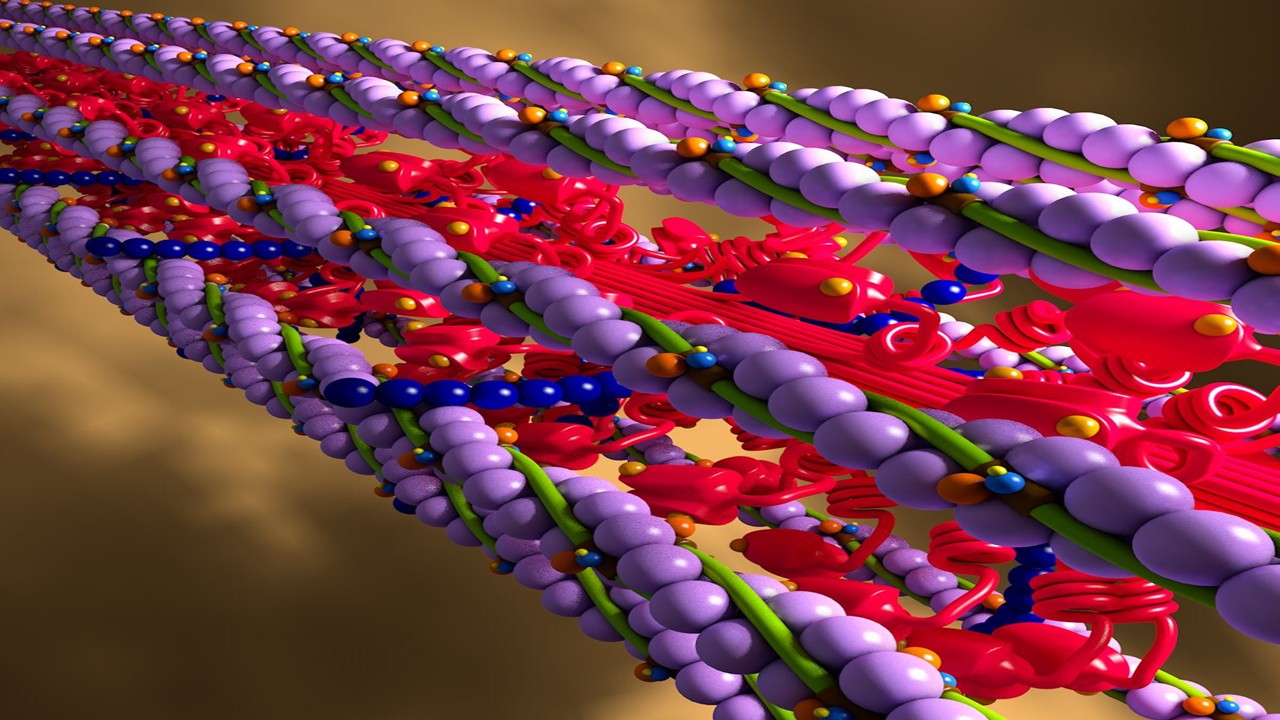In the vast and complex landscape of drug discovery, target identification stands as a cornerstone. This process, often overshadowed by the more glamorous stages of drug development, is pivotal in unraveling the intricate relationships between drugs and their molecular targets. Over the last two centuries, significant advancements in target identification technologies have revolutionized our approach to developing new therapies. Understanding the exact molecular target of a drug allows researchers to fine-tune the drug’s design, optimizing it for specific diseases and conditions. This optimization is not merely about enhancing efficacy; it is also about refining selectivity, thereby minimizing potential side effects—a critical concern in any therapeutic development.
Target identification is a multifaceted process that navigates the complexities of cellular biology. The diversity of biomolecules—ranging from enzymes, cellular receptors, ion channels, to DNA and transcription factors—presents a formidable challenge. Yet, it is this very diversity that opens up a world of possibilities in therapeutic interventions. The traditional biochemical approaches, combined with cutting-edge machine-based methods, offer powerful tools in pinpointing these targets. However, the experimental path to identifying these biological targets is fraught with challenges, requiring innovative strategies to overcome them.
Affinity-Based Pull-Down Approaches: A Deep Dive into Specificity
One of the most reliable methods for target identification is the affinity-based pull-down approach. This technique leverages the principle of affinity purification, where a small molecule is chemically modified to attach to an affinity tag—such as biotin or agarose beads—allowing it to selectively bind to its target protein. Once the small molecule is incubated with a cell lysate, the bound proteins are purified and identified using techniques like SDS-PAGE and mass spectrometry. This method has been a powerful tool in studying small molecule-protein interactions, offering a high degree of specificity that is crucial for drug discovery.
A notable advancement in this area is the on-bead affinity matrix approach, where a small molecule is covalently attached to a solid support using a linker like polyethylene glycol (PEG). This method preserves the molecule’s activity, allowing for a more accurate identification of its target proteins. The use of mass spectrometry in this approach further refines the process, enabling precise identification of the interacting proteins. This method has been successfully employed with compounds like KL001 and Diminutol, showcasing its effectiveness in various drug discovery projects.
The biotin-tagged approach is another widely used technique in this domain. Biotin’s strong binding affinity to proteins such as avidin and streptavidin makes it an ideal candidate for isolating target proteins. By attaching a biotin tag to a small molecule, researchers can selectively capture and identify target proteins using streptavidin-bead affinity purification. Although this method is cost-effective and relatively simple, it does have its limitations. The strong biotin-streptavidin interaction often requires harsh conditions to release bound proteins, which can affect the integrity of the results. Moreover, the introduction of biotin can alter the cell’s permeability and phenotypic outcomes, particularly in living cell assays, potentially skewing the results.
Photoaffinity Labelling: Precision and Versatility
In contrast to affinity-based methods, photoaffinity labelling (PAL) offers a more versatile and precise approach to target identification. PAL involves the use of a chemical probe that covalently binds to its target upon exposure to light, allowing for the identification of specific interaction sites within a target protein. This method is particularly useful for studying the structure and function of target proteins, providing insights that are critical for drug development.
The design of a PAL probe typically involves selecting a photoreactive group—such as phenylazides, phenyldiazirines, or benzophenones—that forms a reactive intermediate upon light activation. This intermediate then covalently binds to the target protein, marking it for identification. The PAL approach’s high degree of specificity minimizes false positives, enhancing the precision of the results. Additionally, PAL can be adapted to a wide range of experimental setups, making it a flexible tool in drug discovery.
One of the significant advantages of PAL is its ability to detect low levels of protein-ligand interactions, which is invaluable in understanding the mechanisms of action of small molecules. For instance, PAL has been successfully used to identify the target of kartogenin, a compound that promotes chondrocyte differentiation, and LBL1, a small anticancer molecule that binds to nuclear lamins. These examples highlight PAL’s potential in uncovering novel drug targets and advancing therapeutic research.
Challenges and Limitations: Navigating the Complexities of Affinity-Based Approaches
Despite their effectiveness, affinity-based pull-down approaches are not without challenges. The design and synthesis of modified probes require meticulous planning and a deep understanding of the structure-activity relationship (SAR). SAR studies are essential for optimizing the probe’s binding affinity and specificity, ensuring that it interacts correctly with the target protein. However, this process can be time-consuming and resource-intensive, often requiring the expertise of experienced chemists.
Another challenge lies in the possibility of identifying interactions that are biophysically real but not physiologically meaningful. This can lead to false positives, necessitating additional validation experiments to confirm the results. Moreover, the use of photoreactive groups in PAL can sometimes interfere with the small molecule’s binding to the target protein, resulting in false negatives.
The need to modify small molecules with affinity tags poses another significant limitation. For some compounds, this modification may be impractical or impossible, and even when feasible, the affinity tag can alter the small molecule’s biological activity, leading to unintended interactions and off-target effects. Additionally, the use of ultraviolet light in PAL to trigger covalent binding can be harmful to cells, potentially skewing the results.
Despite these challenges, the benefits of affinity-based pull-down and PAL approaches in drug discovery cannot be overstated. These techniques offer unparalleled specificity and precision, making them indispensable tools in the identification of drug targets. As researchers continue to refine these methods and address their limitations, the future of drug discovery looks promising, with the potential for more targeted and effective therapies on the horizon.
The Future of Target Identification: Integrating Innovation and Precision
As the field of drug discovery evolves, so too does the need for more innovative and precise target identification techniques. The integration of machine-based approaches with experimental methods is likely to play a pivotal role in the future of pharmacology. By combining the strengths of computational modeling with the specificity of affinity-based and label-free techniques, researchers can enhance their ability to identify and validate drug targets.
Furthermore, advances in genomics and proteomics are expected to provide new avenues for target identification. These technologies offer a more comprehensive understanding of the biological pathways involved in disease, enabling the identification of novel targets that were previously beyond reach. As these methods continue to develop, the potential for breakthroughs in drug discovery and development becomes increasingly tangible.
It is no doubt that target identification is a critical component of the drug discovery process, providing the foundation upon which new therapies are built. While the journey from target identification to drug development is fraught with challenges, the continued refinement of techniques like affinity-based pull-down and PAL promises to unlock new possibilities in the treatment of disease. By embracing innovation and precision, the field of pharmacology is poised to make significant strides in improving human health and well-being.
Engr. Dex Marco Tiu Guibelondo, B.Sc. Pharm, R.Ph., B.Sc. CpE
Editor-in-Chief, PharmaFEATURES

Subscribe
to get our
LATEST NEWS
Related Posts

Medicinal Chemistry & Pharmacology
Invisible Couriers: How Lab-on-Chip Technologies Are Rewriting the Future of Disease Diagnosis
The shift from benchtop Western blots to on-chip, real-time protein detection represents more than just technical progress—it is a shift in epistemology.

Medicinal Chemistry & Pharmacology
Designing Better Sugar Stoppers: Engineering Selective α-Glucosidase Inhibitors via Fragment-Based Dynamic Chemistry
One of the most pressing challenges in anti-diabetic therapy is reducing the unpleasant and often debilitating gastrointestinal side effects that accompany α-amylase inhibition.

Medicinal Chemistry & Pharmacology
Into the Genomic Unknown: The Hunt for Drug Targets in the Human Proteome’s Blind Spots
The proteomic darkness is not empty. It is rich with uncharacterized function, latent therapeutic potential, and untapped biological narratives.

Medicinal Chemistry & Pharmacology
Aerogel Pharmaceutics Reimagined: How Chitosan-Based Aerogels and Hybrid Computational Models Are Reshaping Nasal Drug Delivery Systems
Simulating with precision and formulating with insight, the future of pharmacology becomes not just predictive but programmable, one cell at a time.
Read More Articles
Myosin’s Molecular Toggle: How Dimerization of the Globular Tail Domain Controls the Motor Function of Myo5a
Myo5a exists in either an inhibited, triangulated rest or an extended, motile activation, each conformation dictated by the interplay between the GTD and its surroundings.











